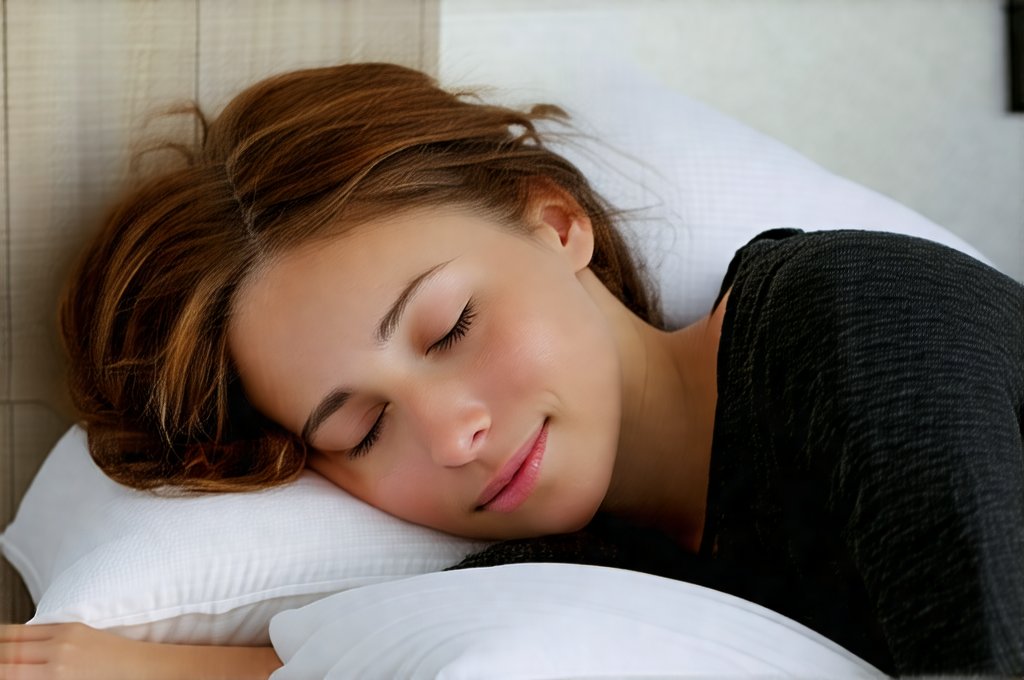The modern world is relentlessly stimulating. From the constant barrage of notifications on our phones to the bright lights of cities and the demands of busy schedules, our nervous systems are perpetually engaged. This chronic overstimulation isn’t just exhausting; it actively interferes with our ability to fall asleep easily, stay asleep through the night, and achieve truly restorative sleep – the kind that allows our bodies and minds to repair themselves. Many people unknowingly live in states of low-grade physiological arousal, making deep, balanced rest seem elusive. Understanding how environmental factors impact our sleep architecture is crucial for reclaiming peaceful nights and optimizing overall wellbeing.
The pursuit of better sleep isn’t simply about adopting a rigid bedtime routine or counting sheep; it’s about consciously creating an environment that signals to your brain and body that it’s time to downregulate. This means minimizing sensory input, reducing stress triggers, and fostering a sense of calm and safety. Hormonal balance is intrinsically linked to sleep quality; cortisol (the stress hormone) should naturally decline as evening approaches, while melatonin (the sleep hormone) rises. A low-stimulus pre-sleep environment supports this natural hormonal shift, allowing for deeper rest and more effective recovery. Failing to create such an environment can lead to a vicious cycle of poor sleep, increased stress hormones, and further disruption of the body’s natural rhythms.
The Science Behind Low Stimulation & Sleep
Our brains aren’t designed to switch off instantly. They require a gradual transition from wakefulness to sleep. This is where environmental cues play a vital role. Think about how you feel when walking into a brightly lit, noisy room – your nervous system immediately activates. Conversely, dim lighting and quiet surroundings promote relaxation. This isn’t just anecdotal; it’s rooted in neurobiology. The brain responds to sensory input by releasing neurotransmitters that either stimulate or calm the nervous system. Excessive stimulation keeps the sympathetic nervous system (responsible for “fight-or-flight”) engaged, making it difficult to fall asleep and reducing the amount of time spent in deep, restorative sleep stages like slow-wave sleep.
The impact extends beyond just falling asleep. Even during sleep, environmental disturbances can disrupt sleep cycles. Light exposure suppresses melatonin production, even through closed eyelids. Noise pollution activates stress responses, leading to fragmented sleep. These disruptions prevent the body from fully engaging in essential repair processes that occur during deep sleep, impacting everything from immune function and cognitive performance to hormonal regulation and emotional wellbeing. Creating a low-stimulus environment isn’t about deprivation; it’s about providing the brain with the signals it needs to naturally transition into – and stay in – a state of restful calm. It allows for natural cortisol decline, which is essential for proper melatonin release and achieving truly restorative sleep.
Consider the impact on your circadian rhythm—your internal body clock. Consistent exposure to artificial light, especially blue light from screens, disrupts this rhythm, delaying the onset of sleep and reducing overall sleep quality. A low-stimulus environment helps reinforce a healthy circadian rhythm by aligning with natural light-dark cycles, promoting hormonal balance, and optimizing sleep timing. This is why establishing a consistent bedtime routine within a carefully curated environment is so powerful.
Optimizing Bedroom Darkness
Achieving true darkness in the bedroom can be surprisingly challenging. Even seemingly minor sources of light can disrupt melatonin production. – Blackout curtains are an excellent investment, blocking out external light from streetlights and early morning sun. – Consider using an eye mask if complete blackout isn’t possible or if you travel frequently. – Eliminate all electronic devices with glowing displays (phones, tablets, TVs) from the bedroom. Even a small LED can interfere with sleep. This includes alarm clocks; opt for one that doesn’t emit light or use a dim red display.
Beyond simply blocking light, think about the color of any remaining lights used in the room. Blue and white light are particularly disruptive to melatonin production. If you need a nightlight, choose one with a warm amber or red hue, as these colors have less impact on sleep. Remember that even light filtering through keyholes or under doors can contribute to disruption. Prioritizing complete darkness is arguably the single most impactful change you can make to your pre-sleep environment. It’s about creating a sanctuary where the brain receives a clear signal that it’s time to rest and repair.
Minimizing Noise & Soundscapes
Noise pollution is pervasive, even in seemingly quiet environments. Traffic noise, neighborly sounds, and internal household noises can all disrupt sleep. – Earplugs are a simple and effective solution for blocking out external noise. However, some people find them uncomfortable. – White noise machines or fans can mask distracting sounds with a consistent, neutral sound. Be mindful of the volume; it shouldn’t be loud enough to be disruptive itself. – Soundproofing measures, such as thick curtains or rugs, can help absorb sound and reduce noise levels within the bedroom.
However, complete silence isn’t always ideal for everyone. Some people find that a gentle, calming soundscape is more conducive to sleep. – Nature sounds (rain, ocean waves, birdsong) are particularly effective, as they evoke feelings of calm and tranquility. – Binaural beats or ambient music designed for relaxation can also be helpful. The key is to choose sounds that are soothing and non-stimulating. Avoid anything with a strong beat or lyrics, as these can keep the brain engaged. The goal isn’t necessarily silence, but rather a consistent, calming auditory environment.
Temperature & Air Quality Considerations
Temperature plays a significant role in sleep quality. Our bodies naturally cool down as we prepare for sleep. – The ideal bedroom temperature is typically between 60-67°F (15-19°C). A cooler temperature promotes melatonin production and helps facilitate the transition into sleep. – Ensure adequate ventilation to maintain fresh air circulation. Stuffy rooms can contribute to discomfort and disrupt sleep. – Consider using a fan or opening a window to regulate temperature and improve airflow.
Air quality is another often overlooked factor. Pollutants, dust mites, and allergens can all irritate the respiratory system and interfere with sleep. – Regularly clean your bedroom to remove dust and allergens. – Use an air purifier to filter out pollutants and improve air quality. – Choose bedding made from natural materials (cotton, linen) that are breathable and hypoallergenic. Clean, fresh air is essential for restorative sleep. A comfortable temperature combined with good air quality creates a physiological environment that supports deep rest and hormonal balance. Remember that even subtle discomforts can prevent you from reaching the deeper stages of sleep needed for optimal recovery. Additionally, remember to consider how to balance medication, diet, and rest during your recovery period as well.





















